In times of climate crisis and constantly rising sea levels, floating cities are increasingly coming into focus as a new habitat. With Dogen City, N-Ark from Japan has now designed a ring-shaped city in the sea as a social project.
The sea dominates the earth. It accounts for 70 percent of the global surface. And this dominance is growing every year: According to estimates, sea level will rise by 30 centimeters by 2050. Climate change and the associated global warming not only lead to a thermal expansion of the water, it also ensures in particular the melting of the (yet not) eternal ice on earth.
Average sea level has risen by more than 20 centimeters since 1880, with more than a third of this rise occurring in the last 25 years alone. Another three millimeters are added annually. The U.S. weather and oceanography agency NOAA has already warned of the “unprecedented” consequences; according to studies, the current homes of hundreds of millions of people, especially in Asian coastal areas, could become uninhabitable.
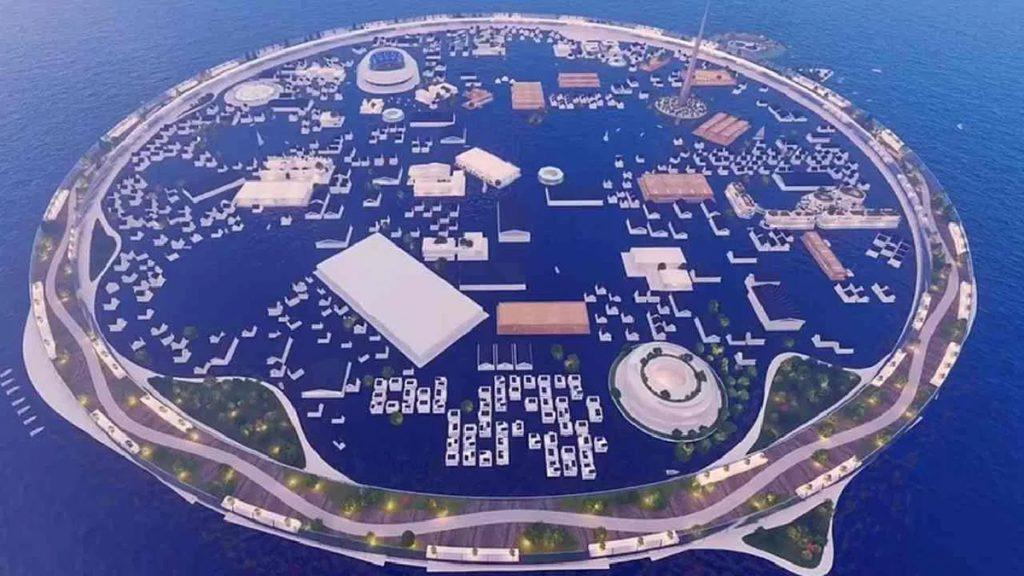
Resilient & sustainable
In Asia, therefore, attention is increasingly being devoted to the development of new habitats – not far from the water, but on the water. As floating cities. These are increasingly being designed as self-sufficient, sustainable projects that are resistant to natural forces such as tsunamis and storms.
One of these projects is Dogen City. Japanese startup N-Ark said it designed “a smart city floating on the sea with a focus on healthcare.” The project also focuses on renewable energy, circular food management, digitalization, aquaponics and architecture.
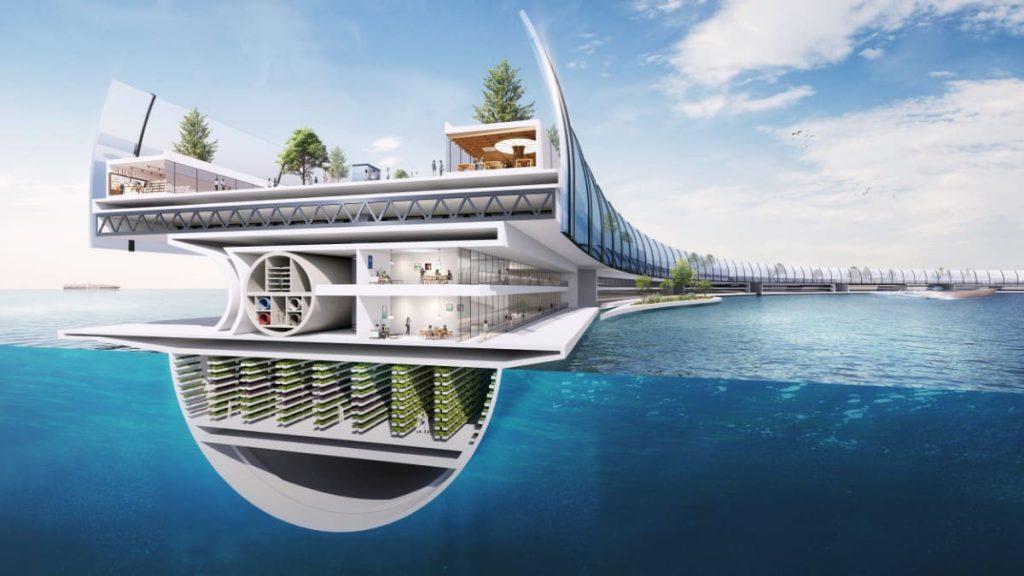
Small city on the ocean
Dogen City is part of NEW OCEAN, an initiative by parts of Japanese industry, academia and government dedicated to combating the social and economic impacts of global warming. Thus, Dogen City is a sustainable living space “that functions as a floating smart social city as well as a stand-alone city in the event of a natural disaster,” according to the office.
N-Ark created the city as an inhabitable ring with a diameter of almost 1.6 kilometers and a circumference of over four kilometers. It is designed to accommodate 10,000 residents. The shape was chosen, among other things, to provide the greatest possible protection against the effects of severe weather. Inside the ring is “autonomous floating architecture.” This is intended to “enable flexible reconfiguration of urban functions,” according to the designers. Means translated: The city can be reconfigured at any time without the need for structural change.
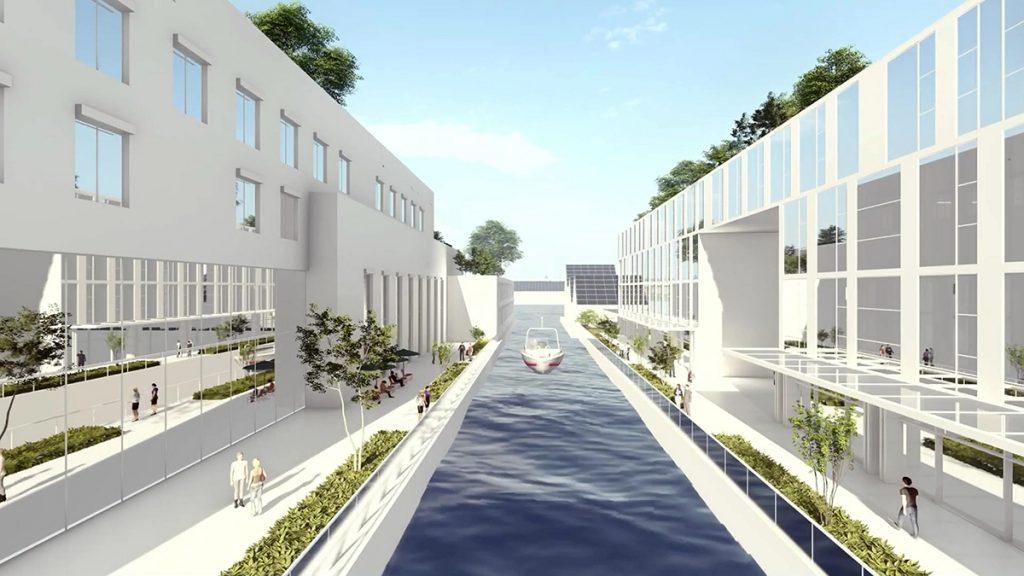
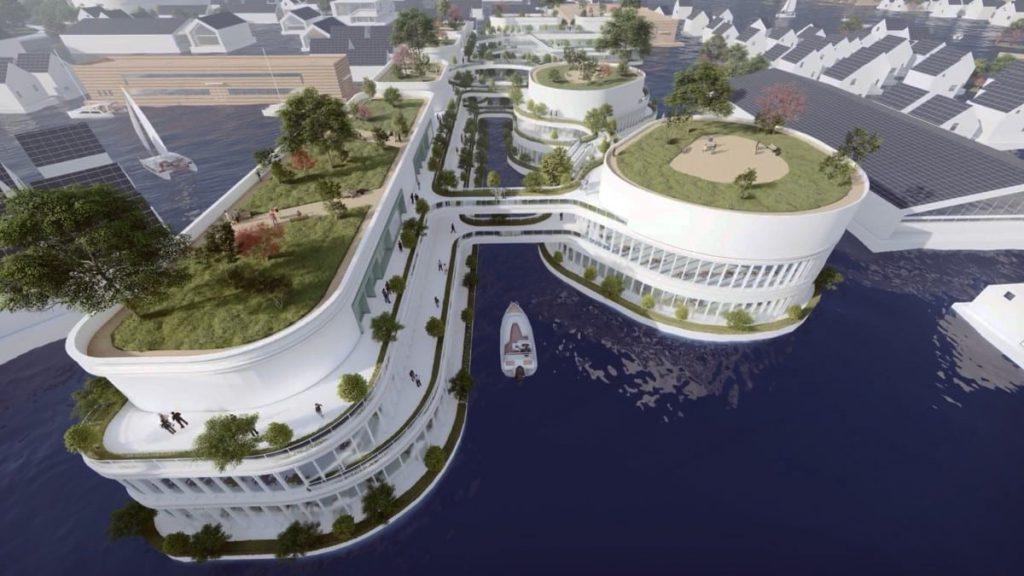
Cool IT center
The actual centerpiece of the “medical city” is all the more detailed: the Undersea Edge Data Center, a state-of-the-art research and IT center, is to be located in the sea below Dogen City. N-Ark’s idea for it: “Water-cooled, it will deliver high-quality value-added services such as digital urban management, health data analysis and drug development.”
GPrecise diagnoses of digitally networked residents would be made possible on a daily basis – including genetic analyses. The declared goal: a society without any diseases.
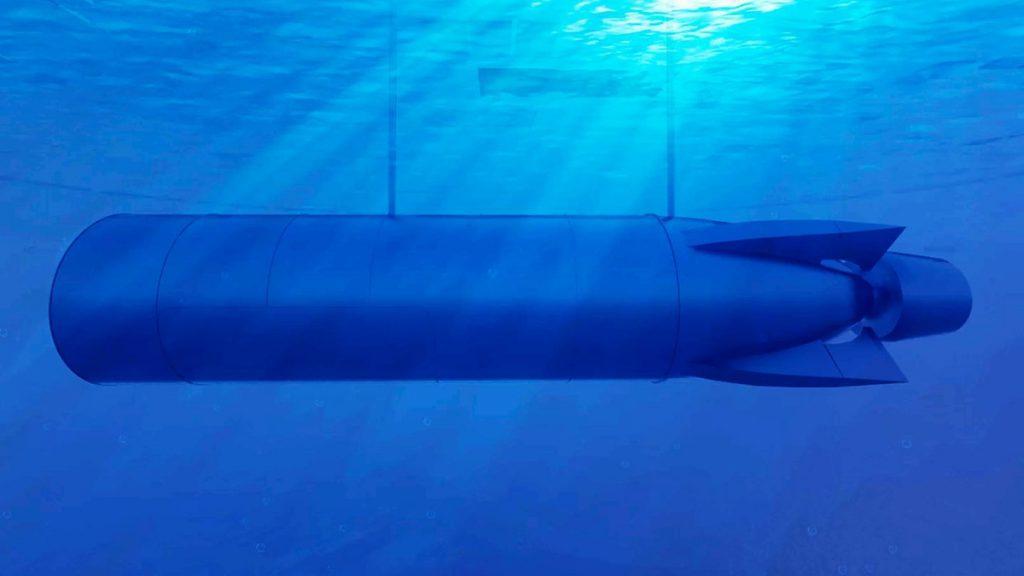
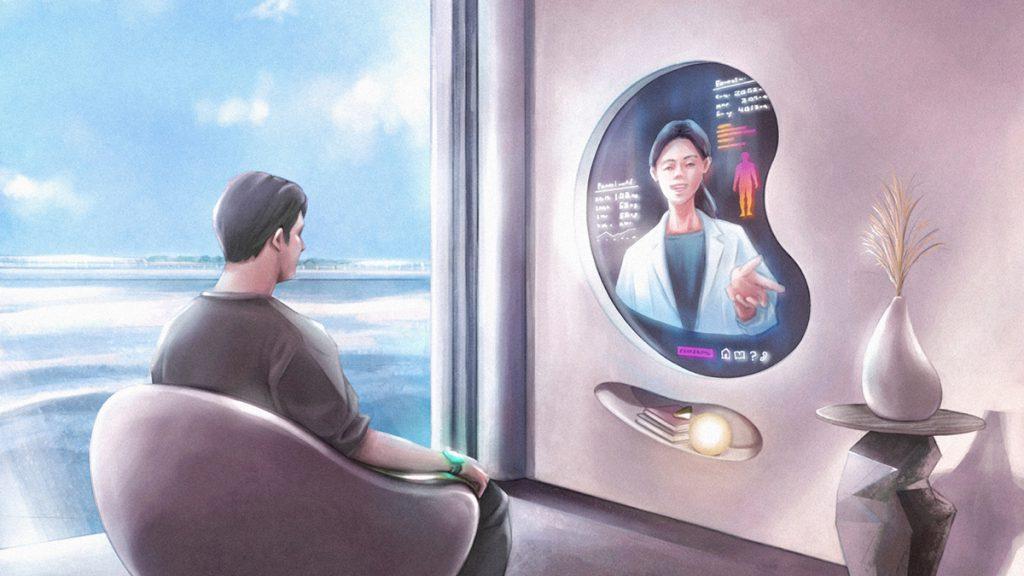
Tourist hotspot
Advanced medical care, drug development and robotic surgery can also be performed in the underwater data center. If the developers have their way, the medical services will also be available to non-residents, making Dogen City a place for medical tourism.
Food, based on seawater agriculture and aquaculture, will – also promoted as a natural remedy – complement the offer for visitors. Last but not least, Dogen City will serve as a shelter for natural disasters and climate refugees.
Text: Michi Reichelt
Photos: N-Ark

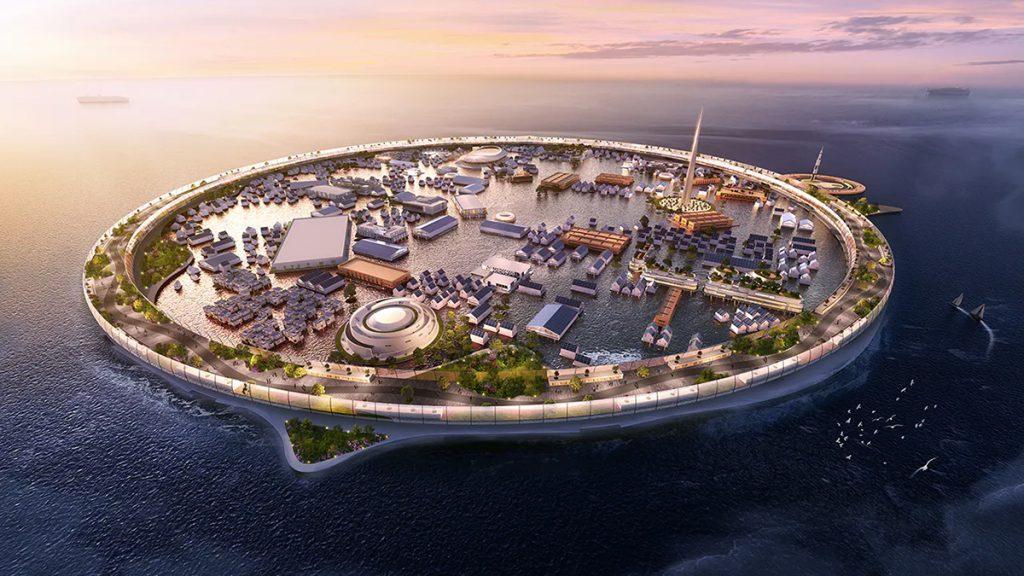
iThere are no comments
Add yours